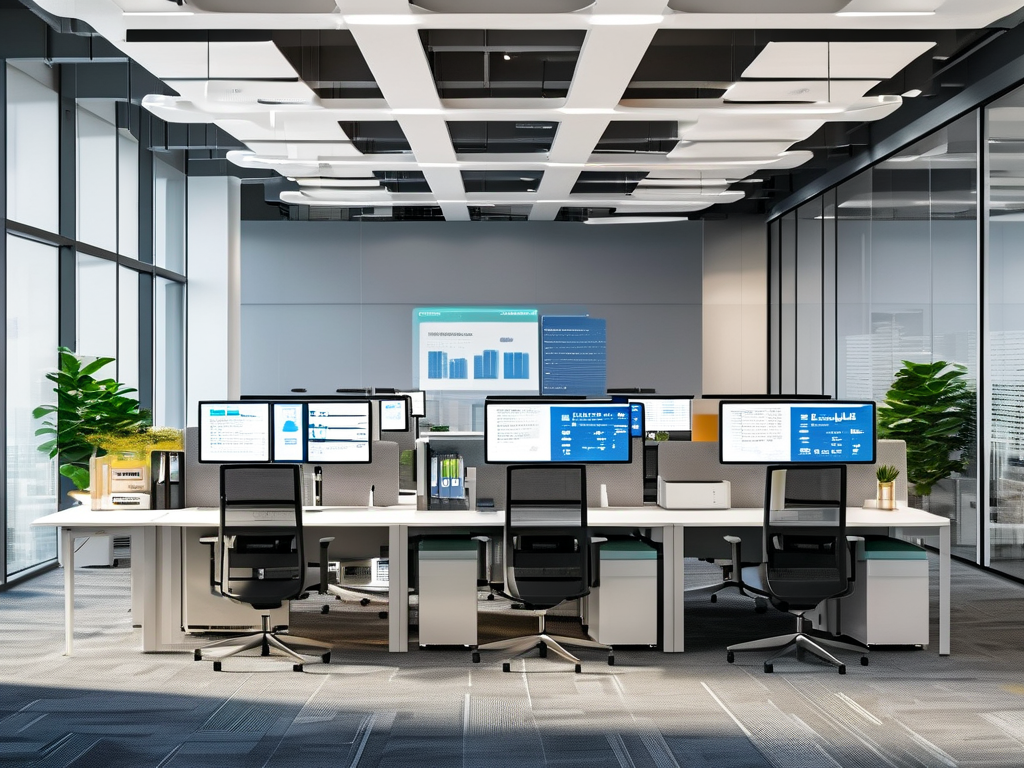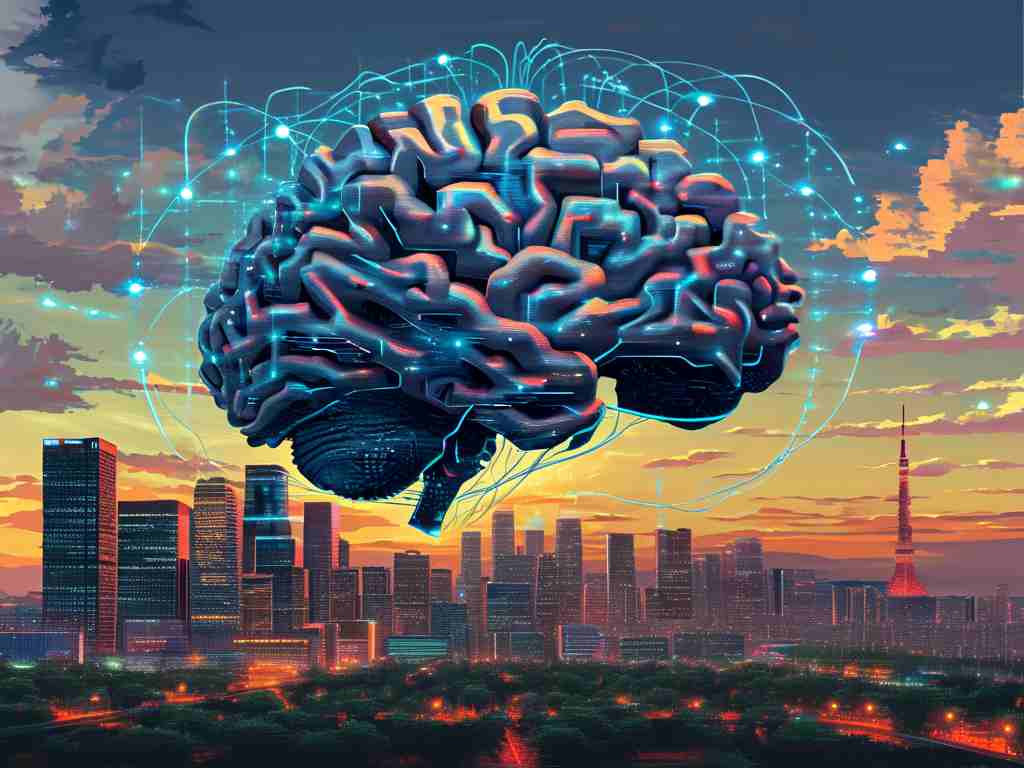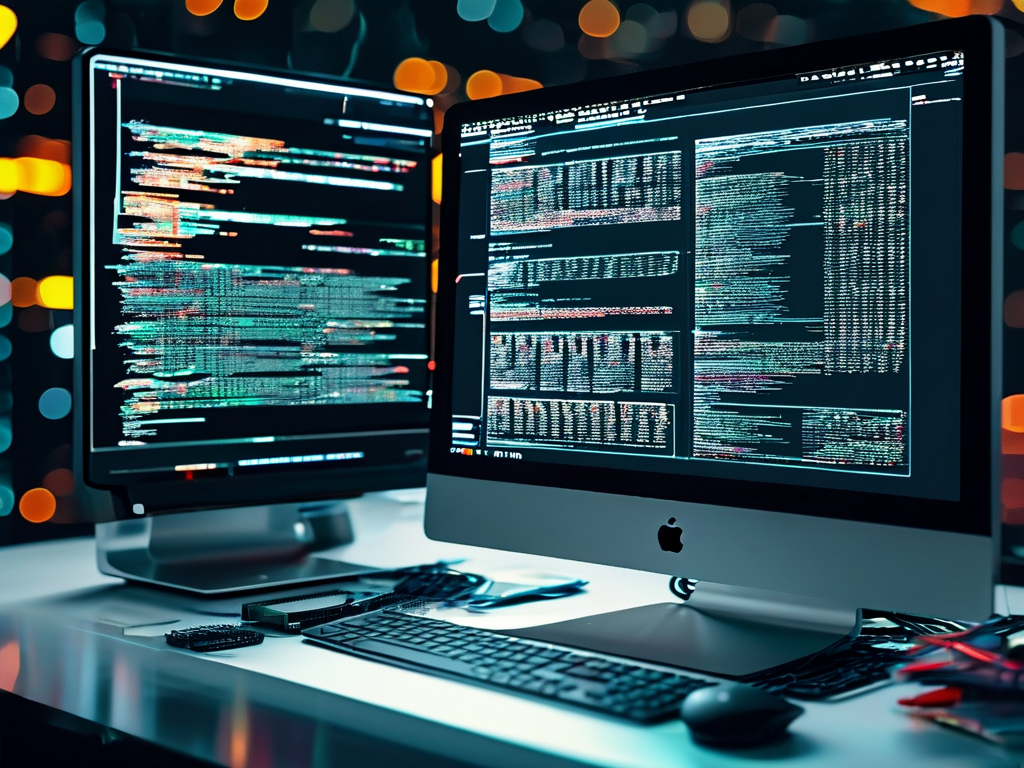The digital transformation of modern workplaces has reached a pivotal stage, with AI-driven office automation deployment tools emerging as game-changers. These solutions are redefining how organizations handle repetitive tasks, manage data flows, and optimize operational efficiency. By integrating intelligent algorithms with enterprise systems, businesses can now automate complex workflows while maintaining human oversight where it matters most.

At the core of these tools lies adaptive machine learning architecture capable of processing unstructured data from emails, documents, and collaborative platforms. For instance, natural language processing (NLP) engines can categorize support tickets automatically, while computer vision modules extract key information from scanned contracts. A financial services firm recently reported reducing invoice processing time by 68% after implementing such a system, demonstrating the tangible impact of these technologies.
Deployment strategies vary across industries but typically follow three implementation phases. The initial phase focuses on process mapping through digital twin simulations that model existing workflows. During pilot testing phase, tools like robotic process automation (RPA) bots handle specific tasks like data entry validation. The final enterprise-wide rollout often incorporates custom API integrations with legacy systems. Technical teams frequently utilize containerized deployment models to ensure cross-platform compatibility, as shown in this sample Docker configuration:
# Example API integration snippet
import requests
def automate_document_processing(file_path):
headers = {'Authorization': 'Bearer API_KEY'}
with open(file_path, 'rb') as f:
response = requests.post(
'https://api.automationtools.com/v1/process',
files={'document': f},
headers=headers
)
return response.json()['task_id']
Security remains a critical consideration, with leading solutions employing zero-trust architecture and end-to-end encryption. Role-based access controls ensure sensitive HR or financial data remains protected during automated transfers between departments. Recent advancements in federated learning further enable AI models to improve continuously without exposing raw business data.
The human-AI collaboration aspect deserves special attention. Rather than replacing staff, these tools augment human capabilities. Marketing teams using content generation assistants report producing 40% more campaign variants while maintaining brand voice consistency. Customer service centers utilizing AI-powered knowledge bases have reduced average resolution time by 52%, according to 2023 industry benchmarks.

Looking ahead, three trends are shaping this space:
- Edge computing integration for real-time decision automation
- Self-optimizing workflows through reinforcement learning
- Voice-enabled automation interfaces for field operations
Organizations adopting these tools should start with a thorough workflow audit to identify automation candidates. Common starting points include report generation, data reconciliation, and approval routing processes. Training programs must emphasize change management, helping teams transition from manual execution to overseeing exception handling in automated systems.
While challenges like initial implementation costs and employee adaptation exist, the long-term benefits outweigh these hurdles. A manufacturing client achieved full ROI within 14 months by automating supply chain documentation and quality control checks. As AI models become more accessible through cloud services, even mid-sized enterprises can now leverage automation at scale.
The future of office automation lies in contextual awareness – systems that understand departmental nuances and adapt workflows dynamically. Emerging solutions already demonstrate capabilities like automatic SLA adjustments during peak seasons and predictive resource allocation. As these tools evolve, they will fundamentally reshape operational paradigms across industries, creating smarter workplaces where technology and human expertise coexist synergistically.




